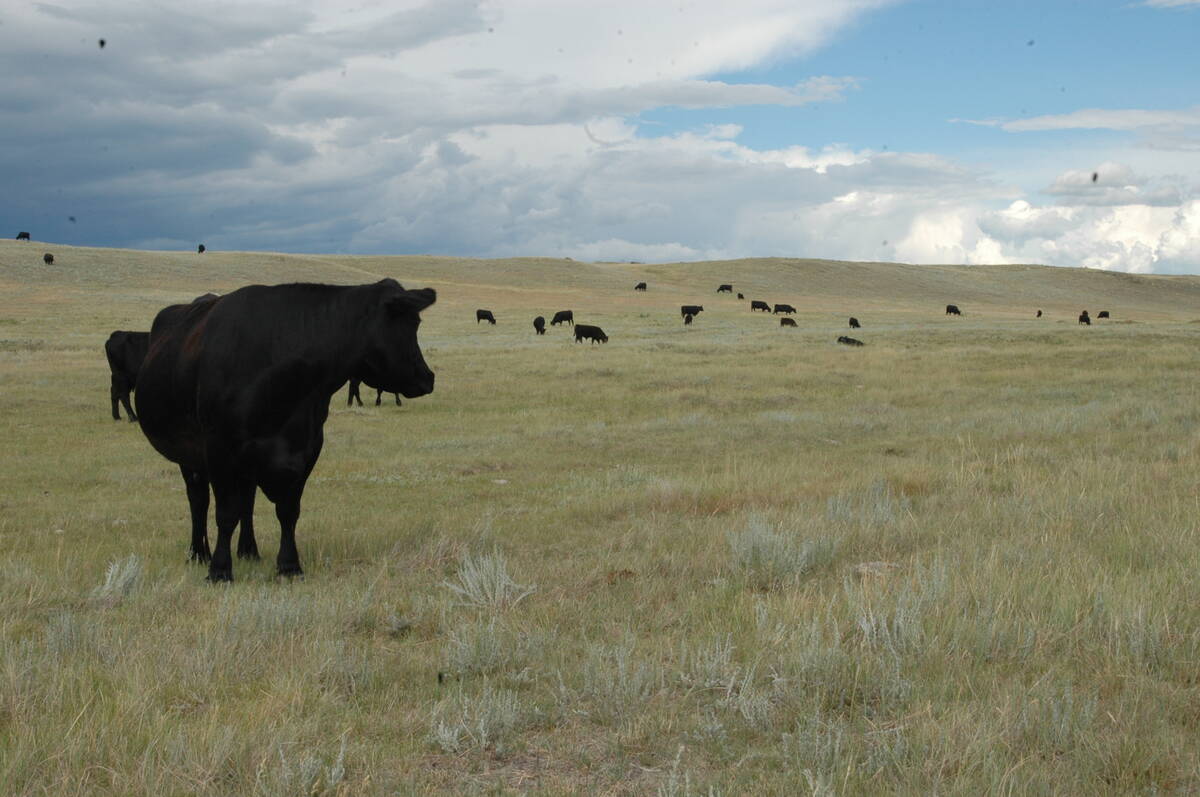MOOSE JAW, Sask. – The president of the Canadian Cattlemen’s Association isn’t too worried about a July 13 court hearing in Portland, Oregon.
He is, however, resigned to the fact that legal challenges from the American lobby group R-CALF are going to continue to cost Canadian cattle producers money.
More than $2.8 million has already been spent on legal fees. The bill could go higher now that the 9th U.S. Circuit Court of Appeals has agreed to hear arguments in R-CALF’s challenge of the U.S. Department of Agriculture’s first rule allowing imports of Canadian cattle younger than 30 months of age.
Read Also

Canadian Food Inspection Agency slammed for handling of bovine tuberculosis case
The federal government leans heavily on producers to “take one for the team” and risk their livelihoods without any reassurance of support.
“We don’t think that this is very troublesome except it still keeps costing us a lot of money,” Hugh Lynch-Staunton told Saskatchewan producers. “I don’t have enough nerve to say we should economize on that.”
Post-BSE cleanup continues to take much of CCA’s time and energy, he said, particularly with respect to the American market.
“No matter how we cut it, the North American market is still the most important market: Canada; the U.S. and then Mexico.”
Mexico has said it will apply the same rules to Canadian beef as the United States does.
Lynch-Staunton said Mexico is suffering a deficiency in breeding stock. The state of Chihuahua alone is short 5,000 bulls, he said, and while producers would like Canadian or American animals, they may have to get them from Australia if breeding stock doesn’t move soon.
The comment period has ended on the second USDA rule allowing imports of older cattle and breeding stock and the rule could move to the Office of Management and Budget (OMB) before July. Lynch-Staunton said more challenges are possible.
“We’re going to go through all this again on Rule 2,” predicted John Masswohl, CCA’s director of government and international relations.
With respect to the appeal of Rule 1, Masswohl said there is no new information to present to the court.
“The chances of the 9th Circuit coming to a different decision is very low, but we’re taking it as a serious threat,” he said.
If Canadian cattle older than 30 months are to move south this fall, Masswohl said the rule has to go to the OMB in July. He added that although R-CALF predicted a huge backlog of older Canadian cattle flooding into the U.S., that won’t happen.
Increased domestic slaughter capacity has taken care of the larger numbers, he said. Still, an influx of Canadian cattle in the fall is a concern for U.S. producers.
“I do not think that border will open in October, November or December,” Masswohl said. “The USDA understands there will be a very, very short-term reaction in the market. That’s why I think (the border won’t open) at the most sensitive time.”
Meanwhile, both CCA officials raised the spectre of country-of-origin labelling.
Masswohl said if Canadian calves are fed, slaughtered and processed in the United States, but the resulting packages of beef are labelled Canadian, “we’re going to have a problem with that.”
He said there would have to be consequences for stealing Canada’s brand.
The Beef Information Centre is developing plans and looking at the different markets in which Canadian beef would sell well so that Canada can actually take advantage of labelling laws.















